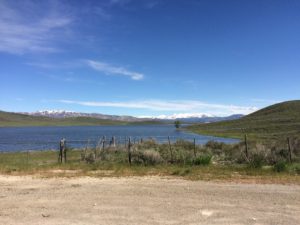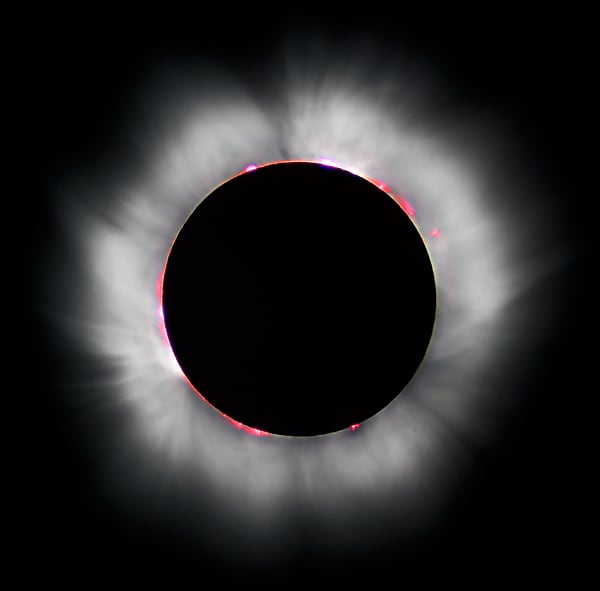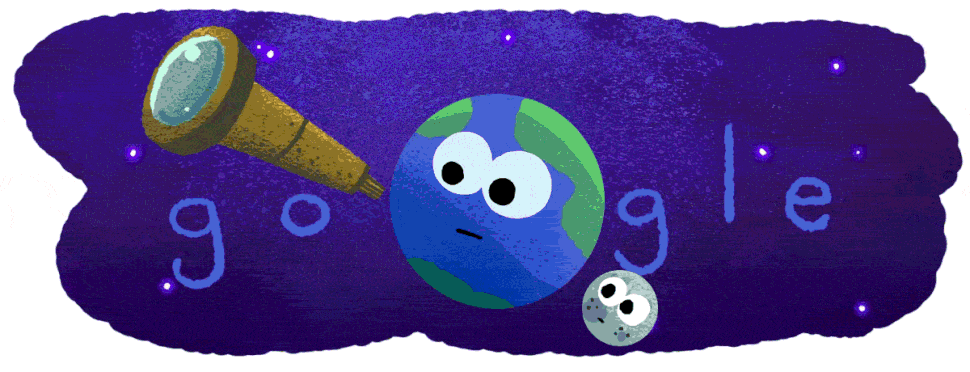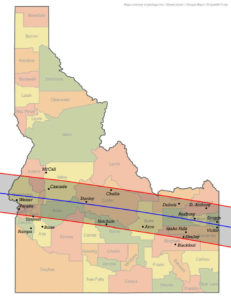
Little Camas reservoir south of Arco
As part of our statewide eclipse tour, this week I visited the town of Arco, perched on the margin of one of the youngest extinct lava flows in the world, the Craters of the Moon National Monument and Preserve. The blocky a’a flows in Craters resembles the surface of the Moon so closely that Apollo astronauts trained there in the 1960s. Arco itself has a very interesting history as the first town in the world light entirely by nuclear power.
During my visit, I spoke with hundreds of elementary, middle, and high school students. Then in the evening, I gave a presentation to the wider Arco community. Those presentations are available below.
In addition to the conversations with the citizens of Arco (Arconoids?), I enjoyed the fried pickles at Pickle’s Place. And the drive between Boise and Arco was filled with sparkling lakes, snow-scarfed mountains, and a podcast from Radiolab. Just as Highway 20 spilled into the valley of Castle Rocks, the sunglint from the Little Camas reservoir crashed in through my windshield. It was very Idaho.
Because Arco is in the path of totality for the August eclipse, they are hosting an event for their visitors, and you can find out more about that event here – http://arcosrockincountryoutdoors.com/.
Presentation to Arco Elementary School
Presentation to Butte County High School
Presentation to Arco Community



